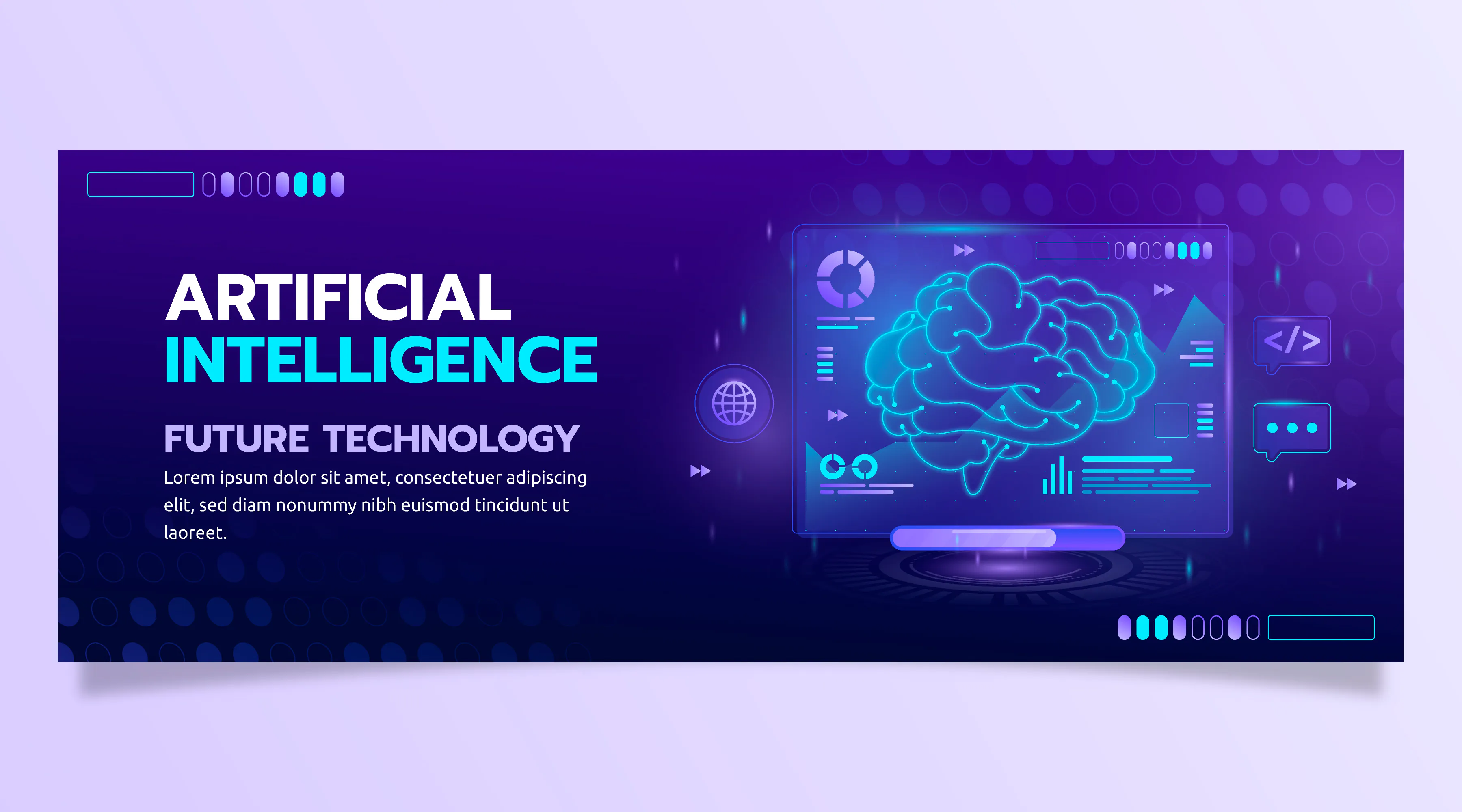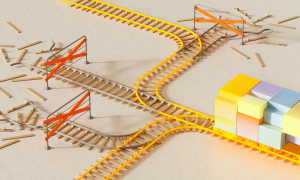Exploring Builder.io: How AI Design Tools are Shaping our Digital Future

Introduction to AI Design Tools
Artificial Intelligence (AI) design tools are revolutionizing the way we create and interact with the digital world. They offer a new paradigm in design that blends creativity, technology, and user experience. AI design tools like Builder.io are not just automating tedious tasks, but also facilitating a more intuitive and personalized design process.
The advent of AI in design has opened up new frontiers in creativity and innovation. With AI design tools, designers now have the ability to generate countless design permutations in seconds, allowing for quicker iterations and decision making. Furthermore, these tools are designed to learn and adapt to users' preferences, leading to more personalized and engaging designs.
AI design tools are also encouraging collaboration by breaking down the barriers between designers and non-designers. With intuitive interfaces and features, these tools are democratizing design, enabling anyone to create professional-grade designs without any coding or design skills.
⚠️ This article has been entirely generated using Writesonic AI Article Writer 4.0. Nothing has been edited. See end of page for the Prompt.
Table of Contents
What is Builder.io?
Builder.io is one of the leading AI design tools in the digital landscape. It is a visual editor that allows you to design and build websites and apps with ease. With Builder.io, you can drag and drop elements, make changes in real-time, and see your designs come to life without writing a single line of code.
The power of Builder.io lies in its AI capabilities. It uses AI to automate design tasks, generate design options, and optimize designs based on user behavior. This allows designers to focus on the creative aspects of their work, while the tool takes care of the technical and repetitive tasks.
What sets Builder.io apart is its flexible integration with other platforms and tools. You can use it with popular eCommerce platforms, CMS solutions, and even design tools like Figma, making it a versatile addition to your design toolkit.
The Role of AI in Design Tools
AI plays a pivotal role in design tools. It automates tedious tasks, facilitates decision-making, and enhances user experience. AI in design tools is not just about automation, but also about prediction, personalization, and optimization.
AI design tools like Builder.io use machine learning algorithms to understand user behavior and preferences. This enables them to generate design options that are tailored to the user's needs and preferences. They also use AI to optimize designs based on user interactions and feedback, resulting in designs that are more engaging and effective.
Another important role of AI in design tools is facilitating collaboration. AI-powered design tools are intuitive and easy to use, making them accessible to non-designers. This encourages collaboration and democratizes design, allowing anyone to contribute to the design process.
Exploring the Features of Builder.io
Builder.io comes with a plethora of features that make designing a breeze. Its drag-and-drop interface allows you to design and build websites and apps with ease. You can add elements, change layouts, and customize designs without any coding.
One of the key features of Builder.io is its AI-powered design generator. This feature generates design options based on your inputs and preferences. You can then refine these options, customize them, and choose the one that best suits your needs.
Another standout feature of Builder.io is its real-time preview. As you make changes to your design, you can see them reflected in real-time. This allows you to iterate quickly and make decisions faster.
How Builder.io is Shaping the Digital Future
Builder.io is shaping the digital future by democratizing design and fostering innovation. By making design accessible to everyone, it is encouraging more people to participate in the design process and contribute their ideas.
With its AI capabilities, Builder.io is also enabling more personalized and engaging designs. By understanding user behavior and preferences, it is able to generate designs that are tailored to the user's needs, resulting in a better user experience.
Moreover, Builder.io is fostering collaboration and breaking down the barriers between designers and non-designers. With its intuitive interface and features, it is enabling anyone to create professional-grade designs, regardless of their design or coding skills.
Comparing Builder.io with Other AI Design Tools
While Builder.io is a powerful AI design tool, it is not the only one in the market. There are other AI design tools like Framer X, Sketch, Adobe XD, and Canva that offer similar features and capabilities.
However, what sets Builder.io apart from these tools is its versatility and integration capabilities. Builder.io can be integrated with numerous platforms and tools, making it a flexible and adaptable solution for your design needs.
The Importance of UI in Builder.io
The user interface (UI) in Builder.io is designed with simplicity and ease of use in mind. It features a clean and intuitive interface that makes it easy to navigate and use. The drag-and-drop feature, real-time preview, and AI-powered design generator make it a user-friendly tool for designers and non-designers alike.
The UI in Builder.io also facilitates collaboration. With its easy-to-use features, it encourages more people to participate in the design process, fostering a collaborative and inclusive design culture.
Integrating Builder.io with Figma
One of the standout features of Builder.io is its ability to integrate with other design tools. For instance, you can easily integrate Builder.io with Figma, a popular vector design tool.
This integration allows you to import your Figma designs into Builder.io and use them as a starting point for your designs. You can then use the AI-powered design generator to generate design options and refine them to your liking.
The Future of AI Design Tools and Builder.io
The future of AI design tools like Builder.io looks promising. With advances in AI and machine learning, these tools are set to become even more powerful and intuitive. They will continue to democratize design, foster collaboration, and enable more personalized and engaging designs.
As for Builder.io, it is poised to become a leading player in the AI design tools market. With its robust features, versatile integration capabilities, and commitment to user experience, it is set to shape the digital future in a big way.
Are you creating an AI tool for designers? Get in touch.
I'd love to hear about your project and explore how we can work together to shape the digital future.
Conclusion
AI design tools like Builder.io are revolutionizing the way we design and interact with the digital world. They are democratizing design, fostering collaboration, and enabling more personalized and engaging designs. As we continue to explore the potential of these tools, the future of design looks more exciting than ever.
Topic: Builder.io for AI generated UI
Keywords: AI design tools, builder.io, UI, Figma
Tone of voice: Professional
POV: First person
Known sources which has been used in the article:
- Image by Freepik
- Text is 100% original (checked against plagiarism)









Comments